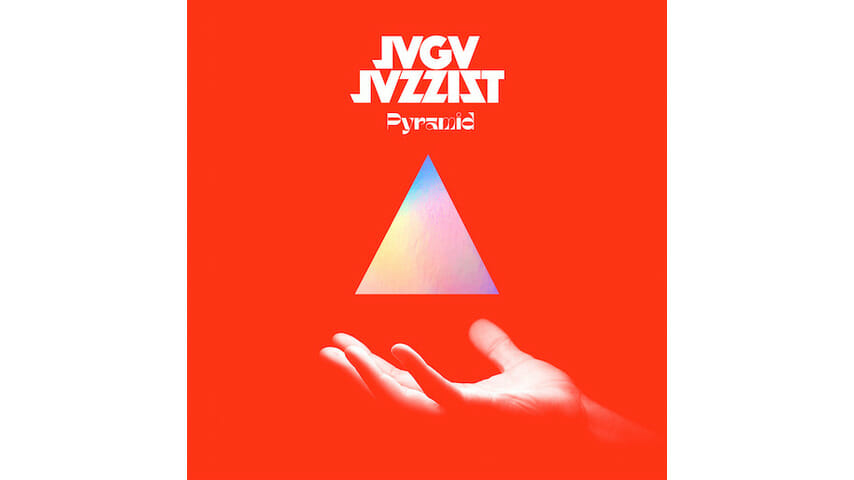Jaga Jazzist Do What They Do Best on Pyramid
The Norwegian jazz fusion outfit’s established talents serve them well on 9th album

Have you ever imagined a parallel reality where jazz music never lost its foothold in pop-culture? In some senses, that reality already exists in Scandinavia, where jazz has continued to evolve as a contemporary medium that retains a strong connection with young listeners—at least when compared to the preservationist ethic that surrounds jazz music in the States. For an alternate example of the strange and beautiful shapes jazz can morph into when freed of the highbrow airs that, for better or worse, define its avant-garde permutations in the States, you would do well to start with Jaga Jazzist, whose sprawling brand of krautrock/post-rock fusion wears its jazz roots on its sleeve while at times also rendering them unrecognizable.
Pyramid, the Norwegian eight-piece’s ninth studio album and first for Flying Lotus’ label Brainfeeder, begins with sublime exhalations of tenor saxophone that rise into the air like campfire smoke against a richly colored sky at sunrise. Piano chords and wispy synth twirls drift upwards alongside the central horn melody, the music resting for over three minutes in the serene, transcendent spirit that introduces fusion-era classics like Miles Davis’ In A Silent Way and Mahavishnu Orchestra’s Visions of the Emerald Beyond. Where those records functioned as showcases for musical chops (either teetering on the edge of busy, note-heavy outbursts or flat-out diving right into them), Pyramid spends its entire runtime—four instrumentals that don’t so much build as hover for nearly two-thirds of an hour—in a tentative gear.
Indeed, as opening track “Tomita” demonstrates long before it winds down after 13 minutes, bandleader and main composer Lars Horntveth is not interested in hitting the audience over the head. Even the eventual mini-explosions of prog-rock bombast that Horntveth and his cohorts indulge later in the track don’t serve to provide catharsis so much as texture, and the closest the music comes to achieving climax comes in the form of subtle turns—a decisive key change here, a unified landing on a downbeat there—more than halfway into the record. The band is so dextrous and lithe that it executes fairly significant changes in tempo and harmony without ever disrupting the fluidity of the music.